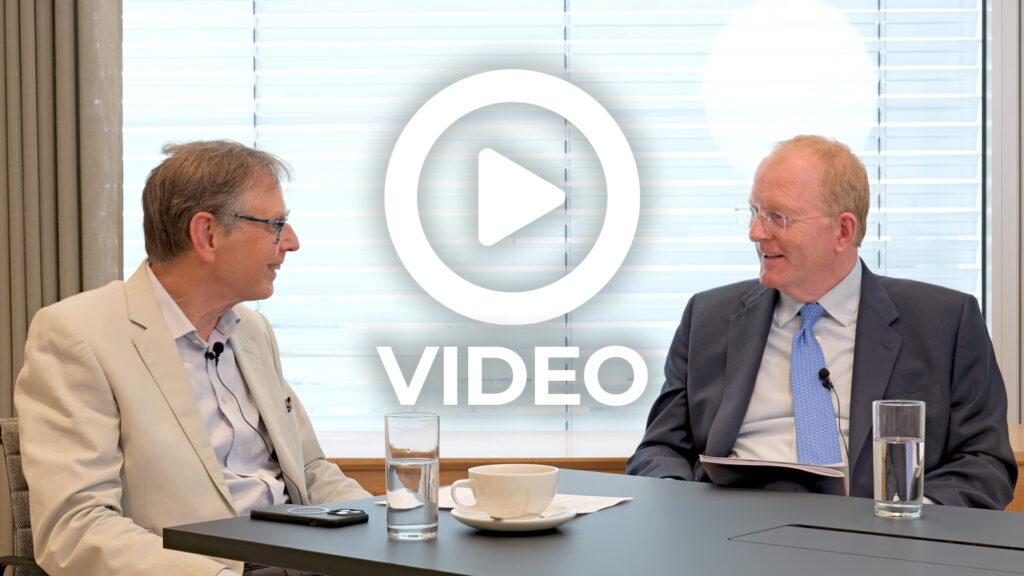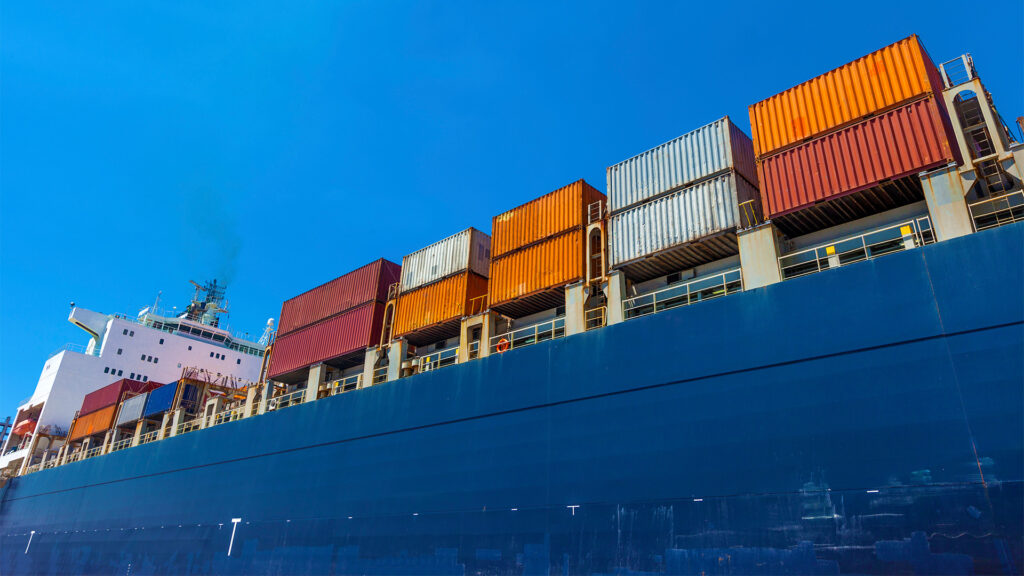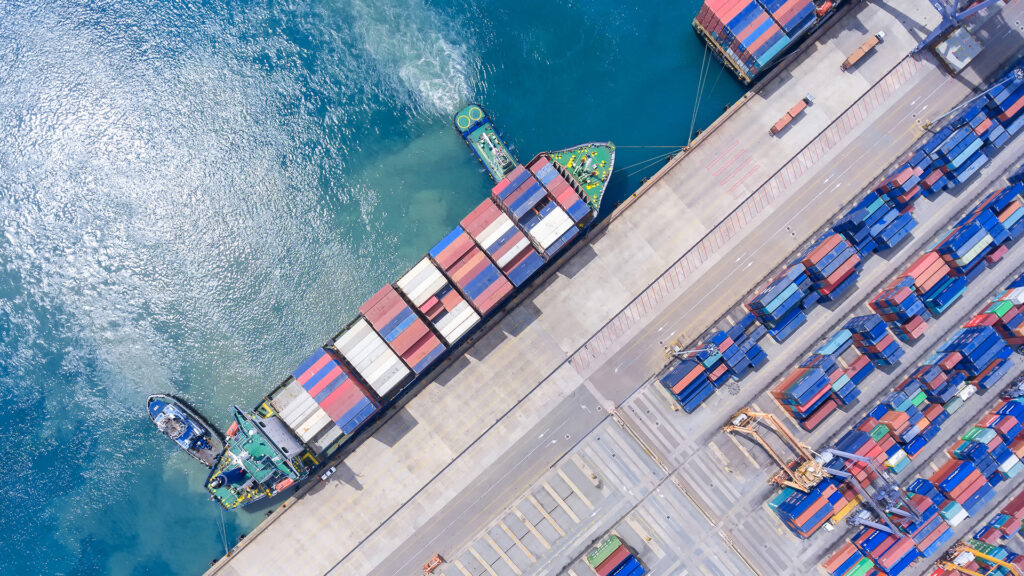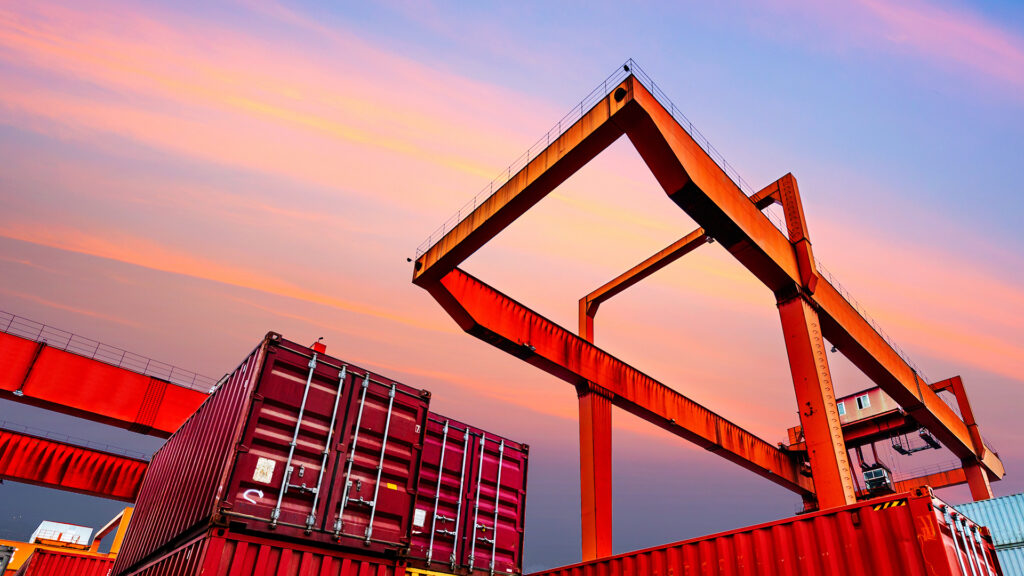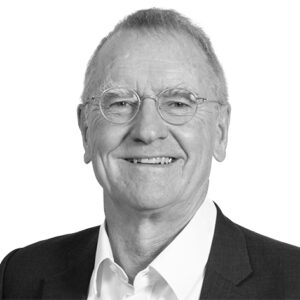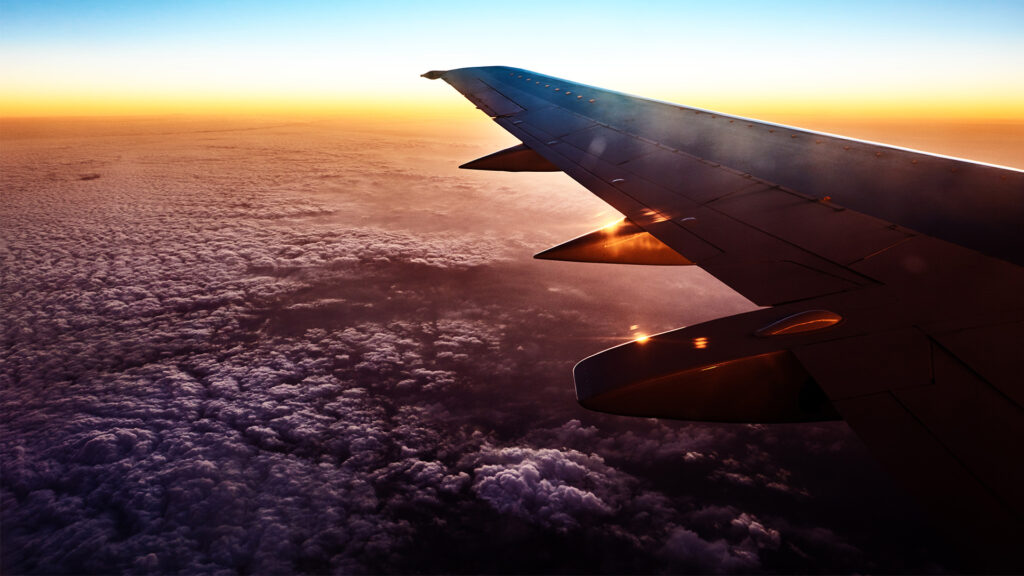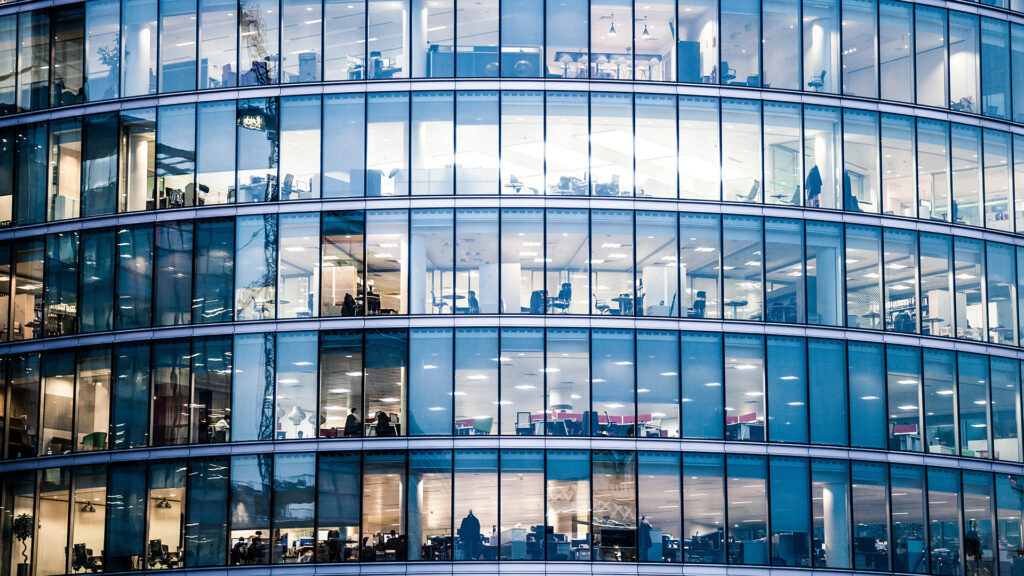The Air We Breathe
This article first appeared in the May 2013 issue of Port Strategy and is reproduced with their kind permission. www.portstrategy.com.
The news has also been welcomed by many of the shipping lines that use the world’s third busiest port, even at a time when the industry’s continued economic difficulties make it hard to absorb the increased costs of low-sulphur fuel.
In 2010, 17 shipping lines active in Hong Kong agreed a scheme by which they would voluntarily use low-sulphur fuel (up to 0.5% sulphur content) while approaching and berthing in the City. Known as the Fair Wind Charter, the pledge was initially intended to last for two years until legislation could be introduced regulating all ocean-going vessels.
Since coming into effect in January 2011, the Charter has applied to 3,600 vessels and reportedly reduced sulphur dioxide emissions by 890 tonnes.
More carrot
In September 2012, the Hong Kong Marine Department (MARDEP) attempted to encourage more shipowners to participate in reducing their emissions through a three-year incentive scheme. Under the MARDEP scheme, ocean-going vessels burning low-sulphur fuel while approaching the port and berthing receive a 50% discount on port facilities and, based on their tonnage, light dues of HK$43 (US$5.50) for every 100 tons.
However, six months after its introduction, MARDEP’s scheme has struggled to achieve the anticipated scale of participation. A recent report by BunkerWorld suggests that only 13% of ocean-going vessels berthing in Hong Kong are registered with the MARDEP scheme.
Aside from a burdensome administrative procedure, the scheme’s financial benefit to shipowners is far outweighed by the additional cost of using low-sulphur fuel. According to Maersk, the MARDEP scheme still costs them about US$2m per year, because the discount under the scheme covers only about 40% of the additional cost of burning low sulphur oil.
However, it is not so much the increased cost of participating in low-sulphur initiatives that irks the major shipping lines as the wider potential business implications. A competitive imbalance has grown between participants and non-participants, which needs addressing.
In addition, participants fear that they will have no choice but to pass on the increased costs of compliance to customers, which risks them losing business to non-participants.
Fair wind
In spite of this, in January of this year, the participants agreed to extend the Fair Wind Charter until the end of 2013. It is yet to be seen whether they will agree to extend their participation beyond this point in the absence of legislation. “We would rather engage with government and contribute to the process of defining regulation that is practical, consistent and fair,” explains Tim Smith, Maersk Line’s chief executive for the North Asia Region and chairman of the Hong Kong Liner Shipping Association.
“At the moment, the ‘good guys’ pay for the cost of doing the right thing for the environment, while some less scrupulous competitors actually get a cost advantage from burning more polluting fuels.”
This competitive imbalance may also extend to participating and non-participating ports.
Hong Kong’s reluctance to introduce legislation reflects concerns that requiring shipowners to comply with potentially expensive emissions regulations will drive the 87% of vessels not participating in MARDEP’s incentive scheme elsewhere.
There is no shortage of competition – 13 of the world’s 20 largest ports are located in the region. Singapore, one of Hong Kong’s main rivals in terms of container traffic, maintains that it can achieve its emissions reduction targets solely through its equivalent incentive scheme, the Green Port Programme.
Wider remit
However, Hong Kong should not be worried. Rather than being a stand alone development, Hong Kong’s offer to vessels approaching and berthing in the port looks to be the tip of the iceberg of environmental shipping regulation in the region. Shipowners and environmental campaigners alike are already throwing their weight behind establishing an emissions control area throughout the Pearl River Delta.
Before leaving office, former Chinese President Hu Jintao endorsed the effort and expressed his determination to strengthen co-operation on environmental protection, improve air pollution control measures and support Guangdong-Hong Kong-Macao collaboration on controlling vessel emissions.
Should an emissions control area be established in the Pearl River Delta, it may take inspiration from the Sulphur Dioxide Emissions Control Area (SECA) currently in operation in the North Sea and Baltic Sea. Established under MARPOL 73/78 and amended by Annex VI, the North Sea SECA applies from the English Channel at Falmouth to Bergen in Norway.
Effective since August 2007, SECA prohibits vessels from using fuel with a sulphur content in excess of 1.0% (1.5% prior to 1 July 2010) while within the SECA area, unless fitted with an exhaust gas cleaning system or other technological method that brings the emissions in line with the sulphur content limit. Any vessel that fails to comply can be detained under Regulation 14 of MARPOL 73/78.
Steady traffic
While the regulations have led to increased operational costs for shipowners, the increase in marine traffic in the North Sea has not faltered. Likewise, fears of undersupply of low-sulphur fuel and job losses consequent upon the regulations have proved unfounded.
From 1 January 2015, the sulphur content limit within the North Sea SECA will be reduced to 0.1%. This should reassure the Hong Kong Government and the authorities in the Pearl River Delta that a similar limit is workable.
As far as the major shipping lines are concerned, the introduction of legislation in Hong Kong is a taste of what they hope will occur on a global scale – an internationally recognised set of rules that will apply to all ports and reduce disparities between different regions and the ports operating within those regions.
As Mads Stensen, global advisor on Environment and CSR in Maersk Line, says: “Fuel switching in Hong Kong is a local initiative but it is also a part of our global objective of driving down air emissions from our own fleet as well as for the shipping industry as a whole. This requires that we go beyond regulation in selected areas in order to drive a development towards a level playing field through regulation or financial incentive schemes.
“The establishment of a level playing field is crucial in order not to punish financially those companies that actually reduce their environmental impacts.”
For more information, please contact, George Lamplough, Partner, on +852 3983 7776 or george.lamplough@hfw.com, or your usual HFW contact.




